Hello! We’re Boundless, and we make it easy to employ anyone, anywhere! Boundless makes it possible to get up and running quickly, with less effort, for less cost.
If you are thinking about changing your Employer of Record (EOR), then it’s normal to have some concerns. But don’t let that stop you from acting on the important reasons you’re considering the switch in the first place. The right EOR has the potential to:
While it might seem like a large undertaking, the reality is that switching your EOR is a lot less time-consuming and difficult than it seems, and absolutely worth it if your current experience is causing you headaches.
One of the biggest green flags to look out for with a new EOR is their commitment to support during the transition. This is critical to ensure that the switch is seamless and compliant. It also provides insight into what it will be like working with that new EOR long term.
Here, we’ll help you understand what to look out for in a new EOR to make sure that the transition is as smooth as possible. You need to know what they’ll take care of and what you’ll need to do (hint: it’s not a lot, read on) to ensure the setup with them is 100% compliant.
Fighting your fears around switching your EOR requires doing a little homework to find the right partner that will help you make the switch.

You should never be alone in the process of changing EOR. Your new EOR should guide you on necessary end-of-employment data and employee information to collect from your previous provider, walk you through the new setup with them, and explain how the employee’s length of service may be recognised. If you want to choose the best Employer of Record, look out for the following.
Every country has different employment regulations. This is a big part of why you need (and are using) an EOR in the first place, and a lack of expertise from your existing provider is as good a reason to switch as there ever was.
You will get a very good sense of an EOR's local expertise from how clearly and confidently they outline the process from the point of moving employees to them during your early sales conversations. You should expect guidance on:
Your existing EOR should guide you on how to end employment through them. All the while, your new EOR should be supportive during this process and respond to information provided from the current EOR. If the new EOR has the local employment expertise, their ownership will feel natural to you and they will help you prioritise a quality employee experience.
While an EOR will predominantly work with you and your HR/Operations team, they can also support employees directly. An EOR that proactively acts as an operational point of contact will help your employees feel secure and grant you more space to foster positive working relationships with your people.
Remember, your employees will be directly impacted by the transition process your new EOR is implementing. Ultimately, you will know how best to communicate with your employees. However, your new EOR will need to support you on how to communicate the details of their transition plan.
Quality EORs will have a self-service portal where employees can easily access information and have the option to speak to an expert. A truly supportive EOR will jump on calls with your employees if needed, and keep you in the loop about these conversations so that you’re never caught off guard by employee concerns.
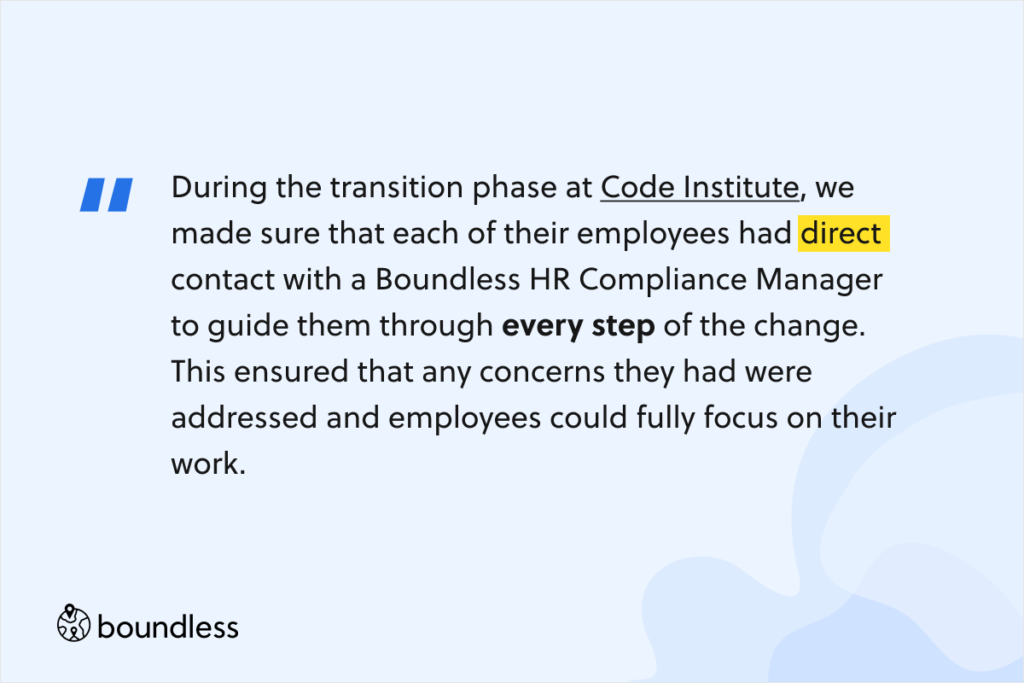
Timelines and commitments are critical to make clear during the EOR transition process. This applies to you and your employees and should always include:
Take our recent onboarding with a FinTech enterprise as an example. In the early sales stage, we set a clear, straightforward transition project plan for their team, including actionable steps and staggered start dates for over 200 of their employees across multiple countries. Just 6 months after the first sales call, the full plan had been executed and the employees were fully and comfortably set up under our employment.
To guarantee that you’re getting full transparency over how the entire transition will work, ask your EOR to provide the following:
Your new EOR should give guidance around timelines and how they’ll range depending on location. For example, some countries will require signatures for employment contracts to be made in ink. Compared to other territories that allow digital signatures, that’s going to add more time to the onboarding process and should be taken into account by your EOR. Registrations with local authorities is another factor that might slow things down.
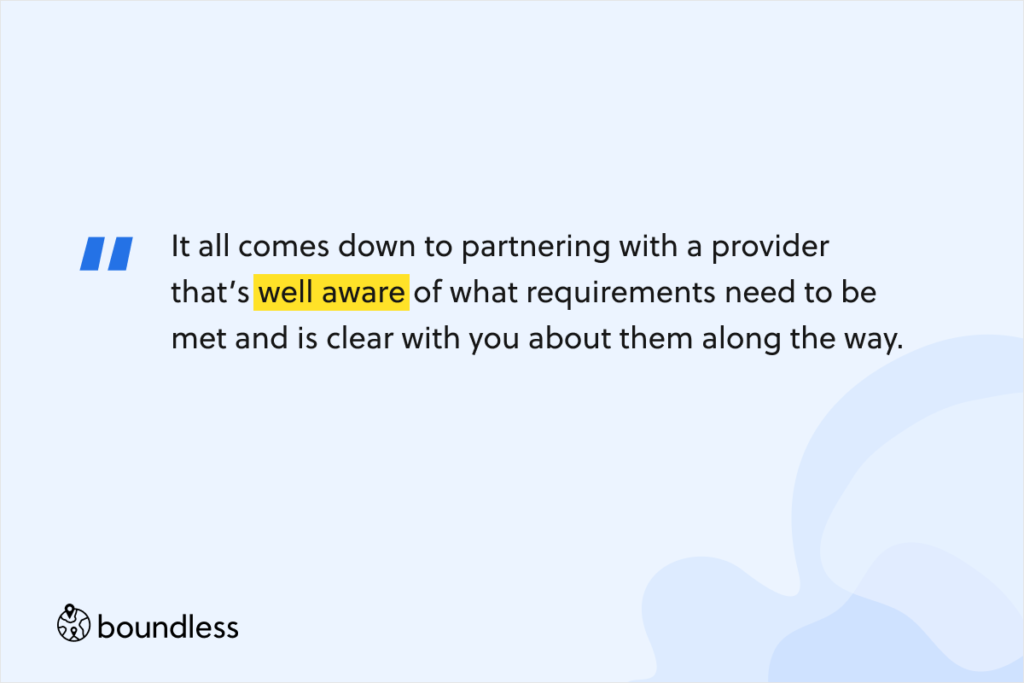
Once you’ve decided on your new EOR, transferring your existing data to them should not be a painful process. Manually adding your employees to the new EOR platform is a very time-consuming job. A good EOR should have automation and integration capabilities that can be leant on and used during the data transfer phase. A good EOR should also be able to provide consultative/bespoke solutions for the transfer of data during onboarding, especially in the case that out-of-the-box solutions don’t work.
Essentially, your new EOR should be able to figure out the best way to transfer your data to them without sacrificing safety, security, or speed.
Here are some positive indicators of an EOR that can handle your data transfers securely:
In addition to personal employee data, your EOR should be able to advise you on what documentation you need for each country you’ll be operating in. For example, region-specific tax rulings or end-of-employment documentation that the old employer will have to provide.
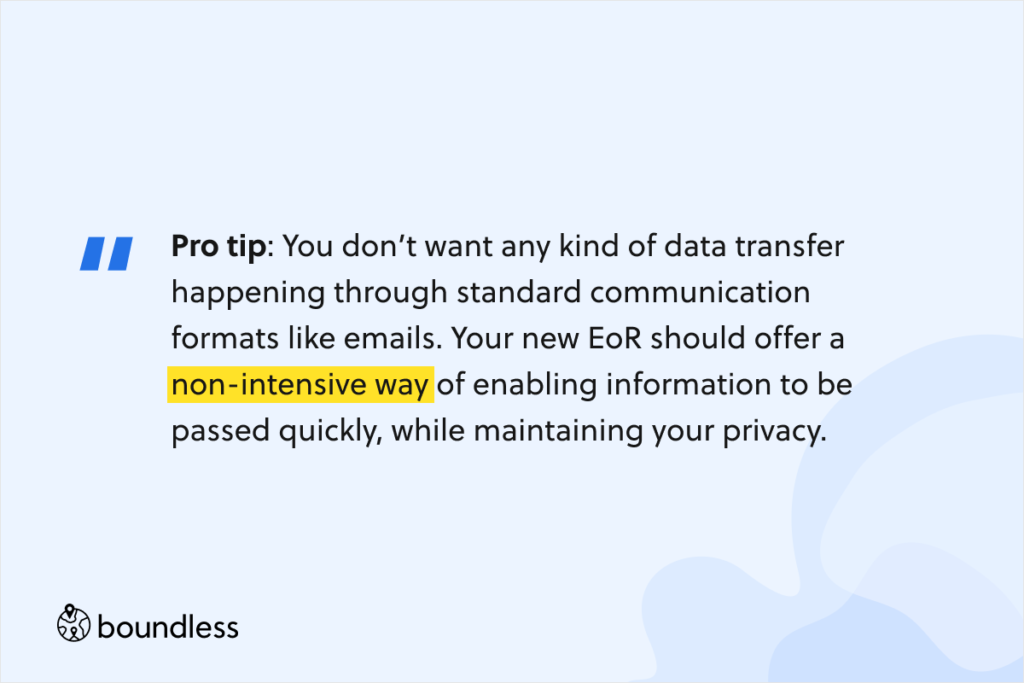
Although your new EOR should take the lead on creating a change plan to guide you through your required actions, there are a few things you will need to own.
Your responsibilities when switching EOR really are this simple… if your new EOR can provide you with the right support.
Before you’ve even given notice for both your commercial and employment agreements with your existing EOR, you should have already taken enough steps to develop full confidence in your new provider. Once you make the commitment to your new global employment partner, they will step in to ensure that all that follows is smooth for you, your employees and is compliant with local regulations.

Switching EORs doesn’t have to be nearly as painful or disruptive as you might imagine. The right provider will make the process straightforward, helping you throughout and demonstrating the support they will provide long-term. That way, you can be sure that you avoid all of the common problems with Employers of Record and are always 100% compliant.
At Boundless, our mission is to provide companies with a supportive and compliant approach to employing abroad. Backed by experts in the field and with experience helping customers of all shapes and sizes to easily navigate switching providers, we can help you make the transition, too. Reach out to us today for a free EOR consultation.
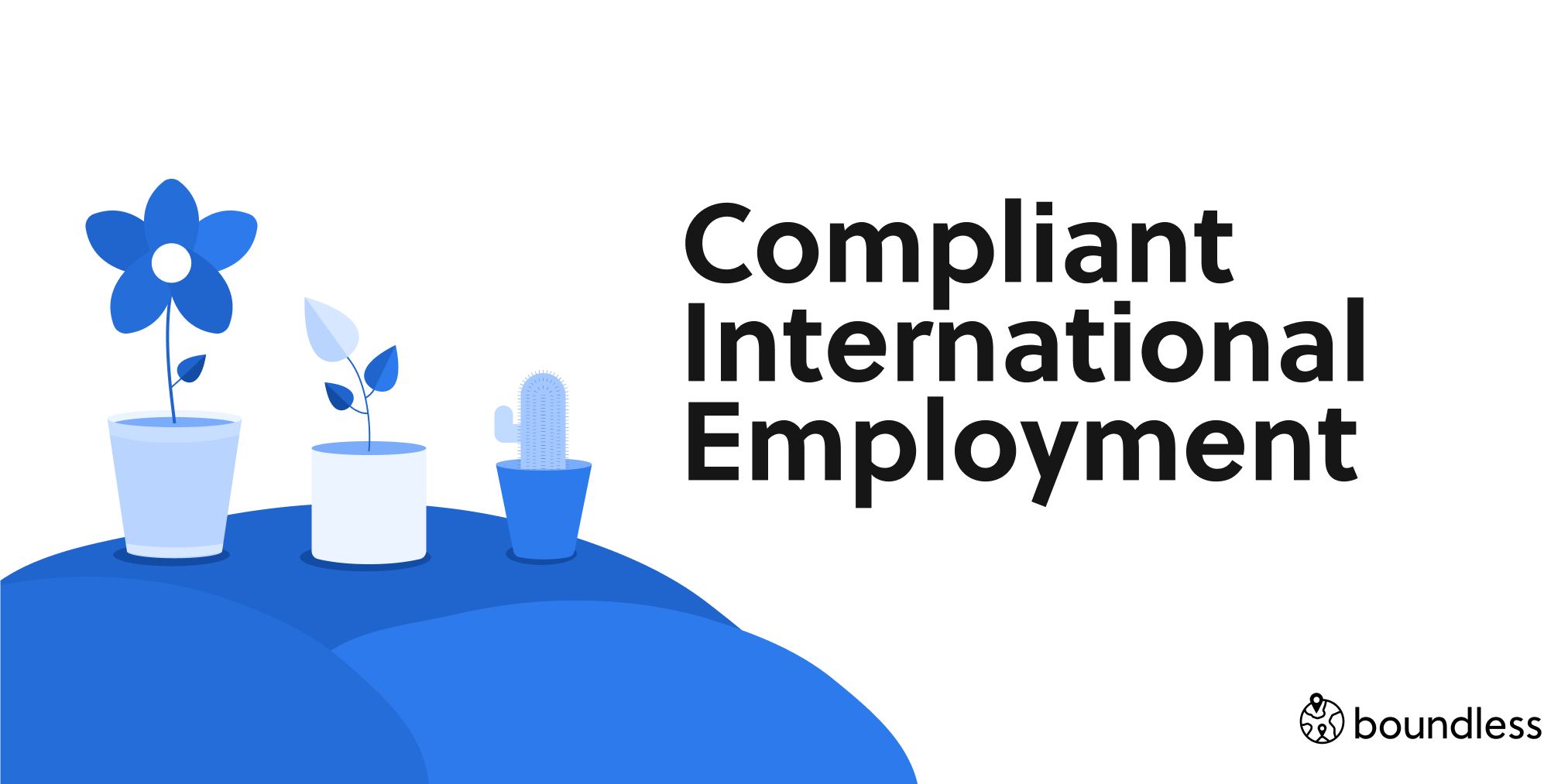
Hello! We’re Boundless, and we make it easy to employ anyone, anywhere! Boundless makes it possible to get up and running quickly, with less effort, for less cost.
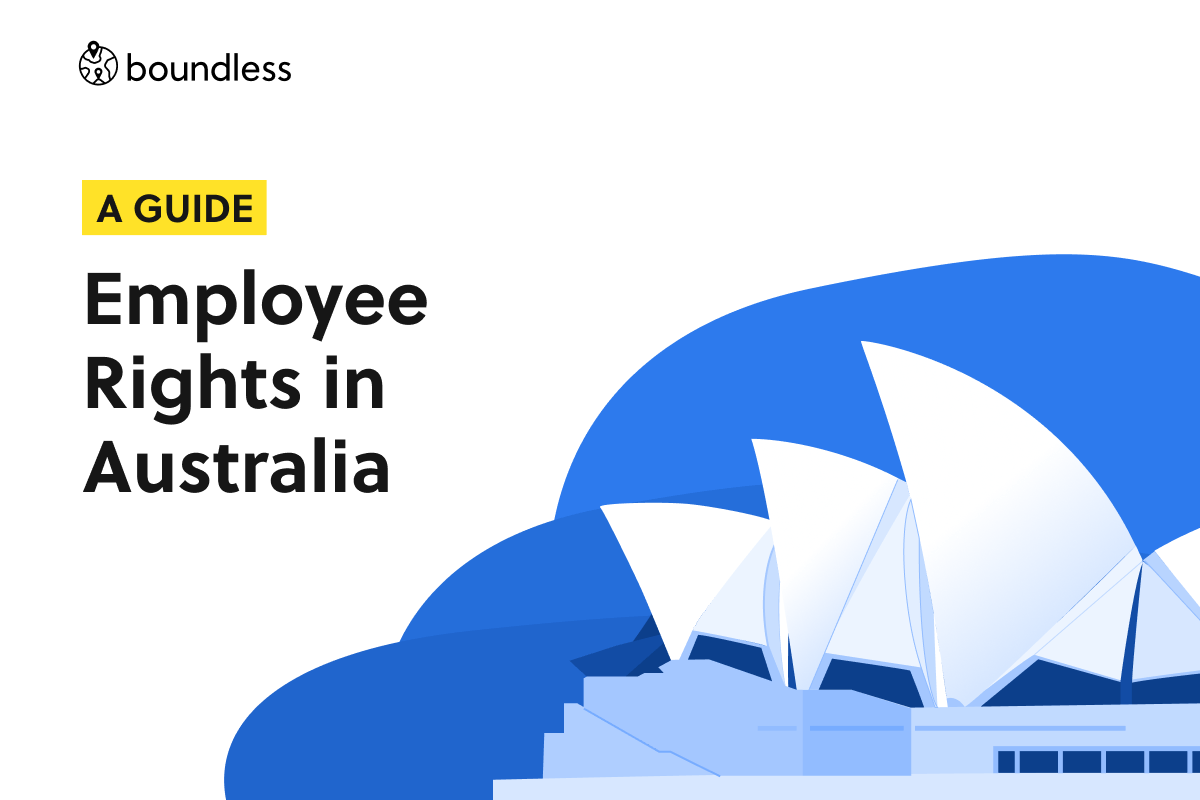
Considering employing someone in Australia? To do that compliantly, an employer has a lot of obligations they have to fulfil. One area is the set of local employee rights a remote worker in Australia is entitled to, especially if they fall under Modern Awards.
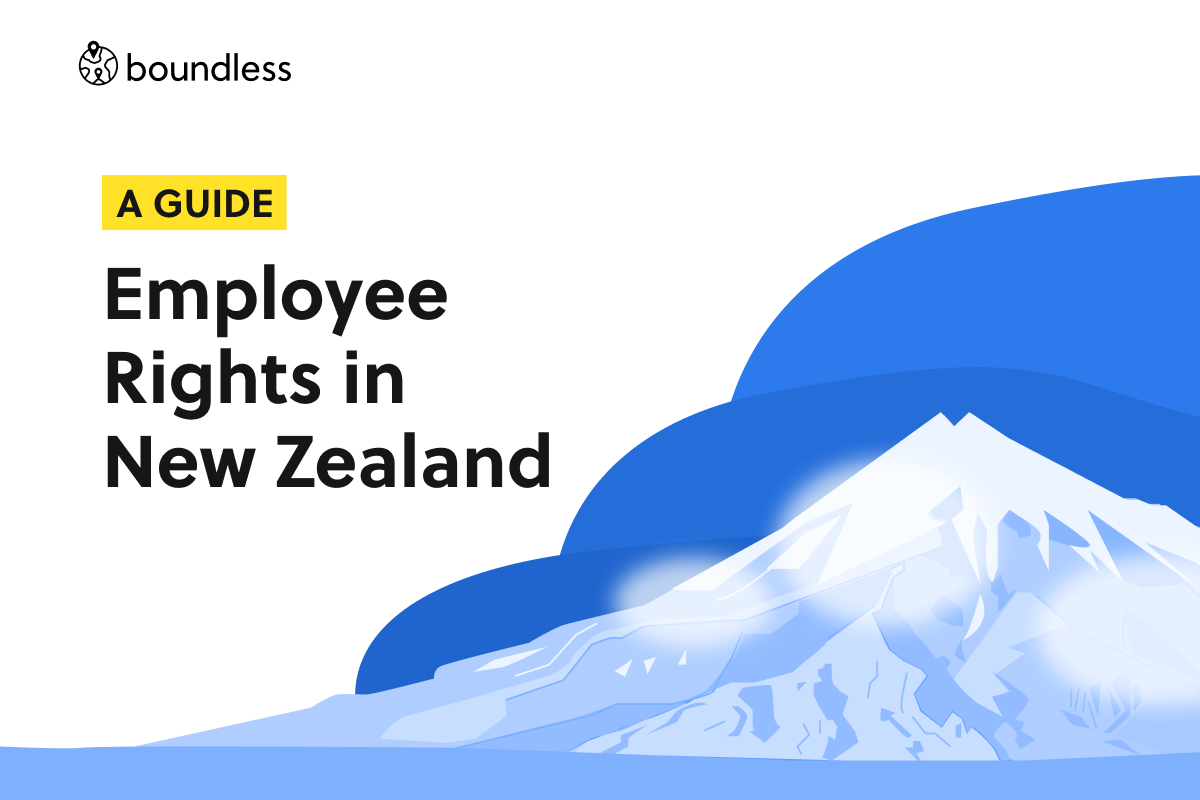
Considering employing someone in New Zealand? Here is a guide to employee rights in New Zealand to help you understand what you need to comply with. A key topic is the set of local employee rights a worker residing in New Zealand is entitled to.
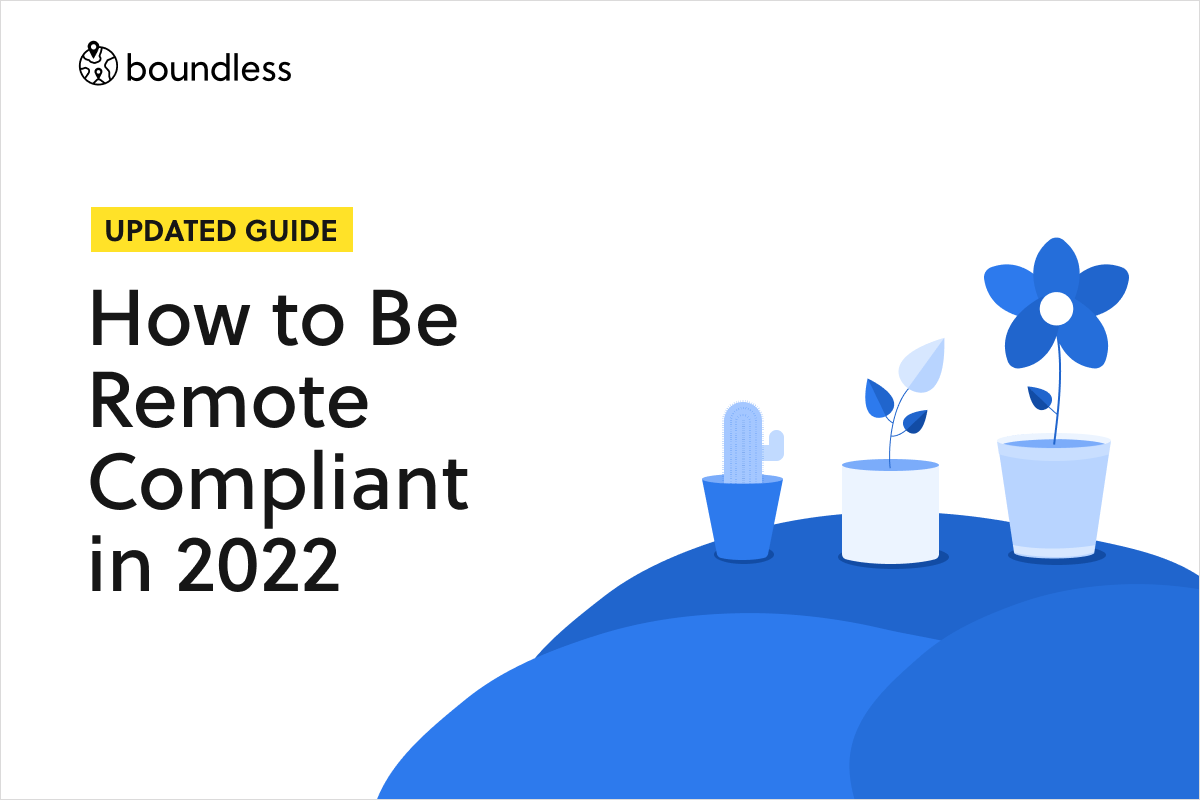
Running a global, remote-based organisation carries a raft of HR compliance challenges. But fear not! We’ve come up with a simple guide to help you meet these challenges head-on and establish yourself as a leading, people-first employer.
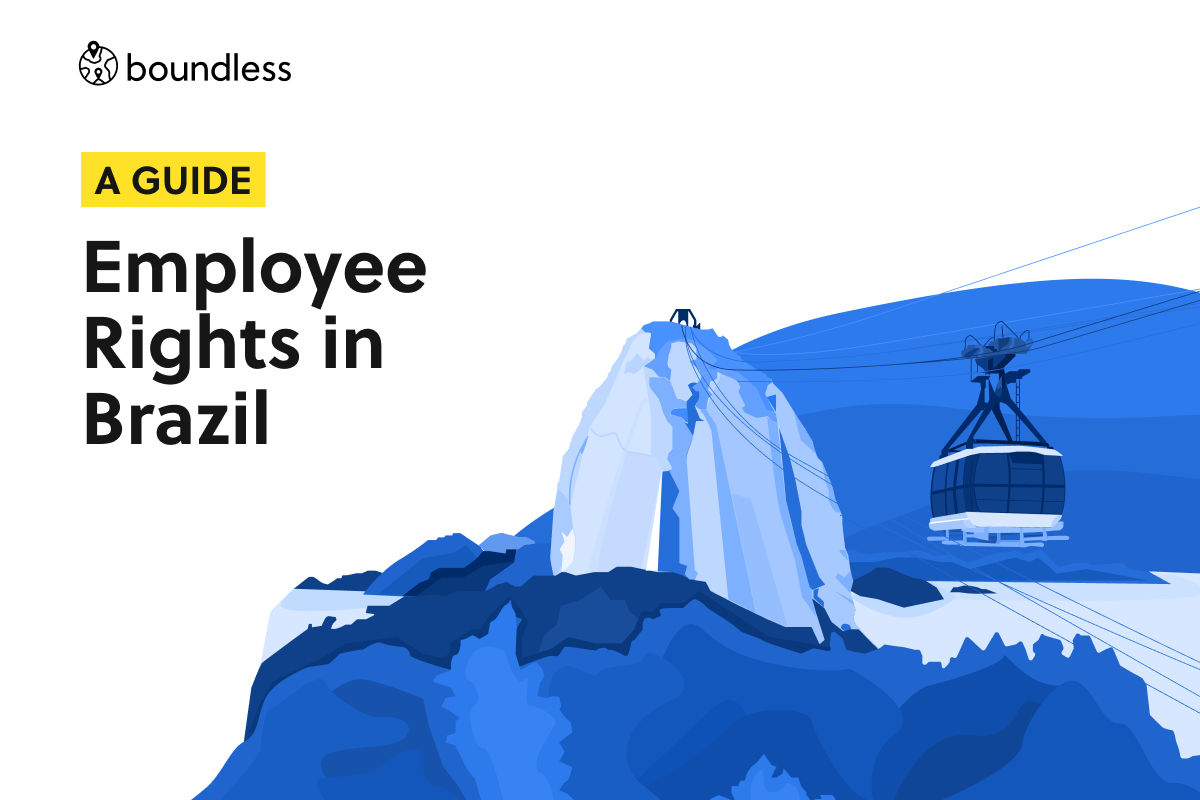
Considering employing someone in Brazil? One area you need to master is the local employee rights a worker residing there is entitled to. Here is a guide to employee rights in Brazil to help you understand what you need to comply with.

For while the pandemic has accelerated the shift towards remote working, not allowing for much time to iron out the details and causing some teething pains along the way, the business world had a big problem with excessive, often unpaid out-of-hours remote working well before Covid. It's time to do something about it.